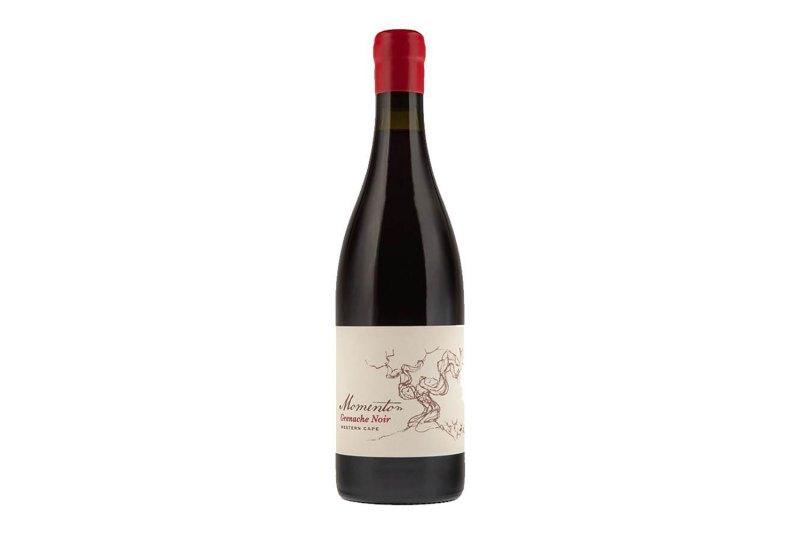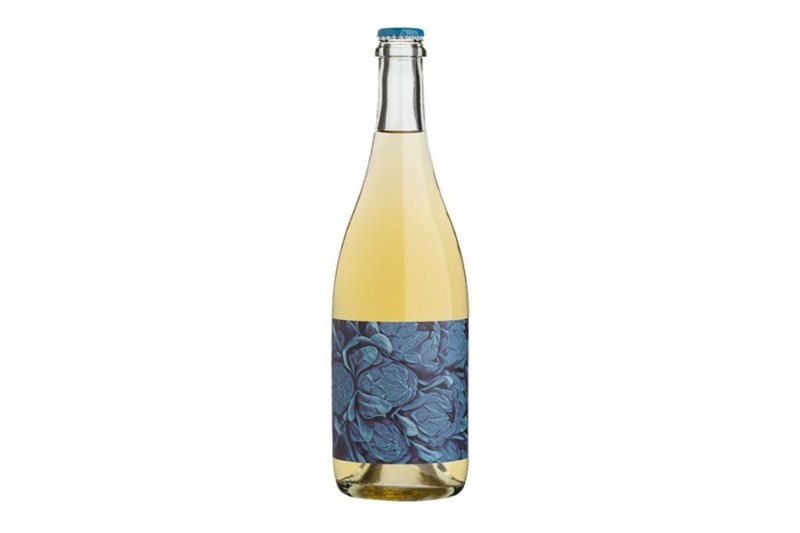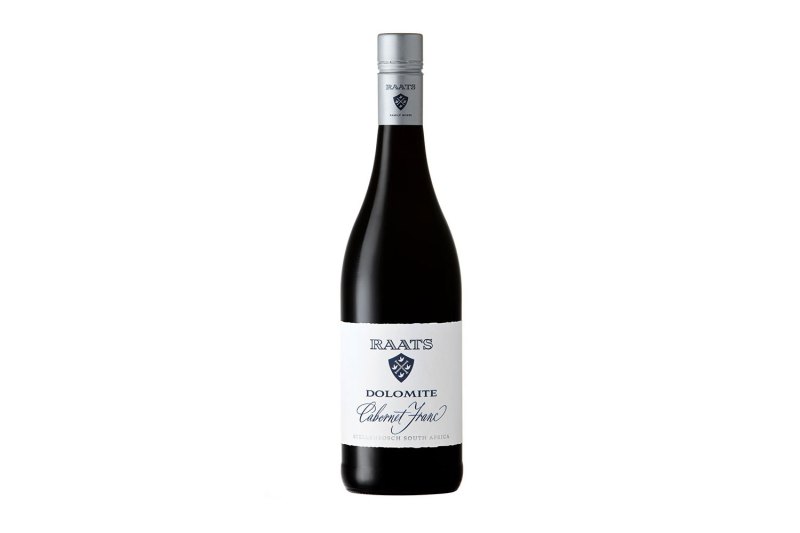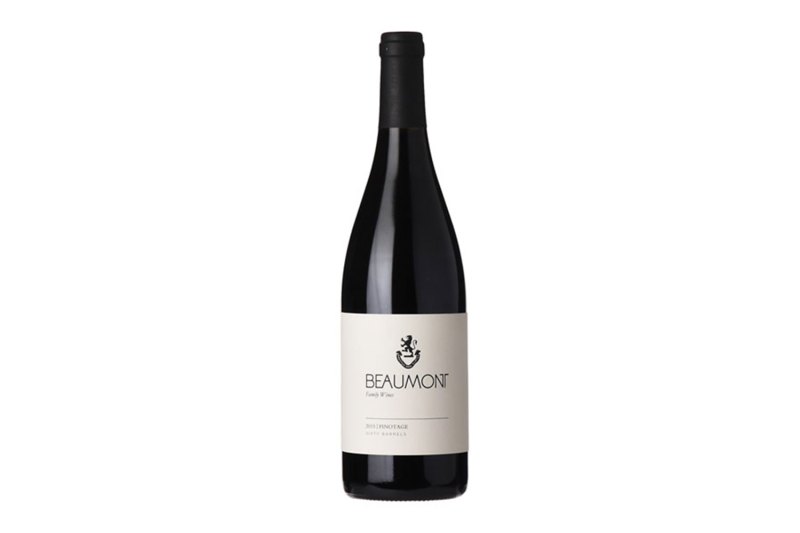If you’ve spent any time in the wine section of your local grocer, you’ve probably seen a few offerings from South Africa. Over the last ten years or so, the country has become renowned for its eclectic variety of wines as well as very reasonable price points.
The geography of South Africa has attracted wine growers across a long period of history. Major port cities like Cape Town have been seeing wines come and go from their shores since the 1600s. At first, it was the Dutch leading the local enological effort, planting vineyards and producing average at best wines. They were often sweet and many farmers opted for alfalfa instead of grapes to feed a thriving ostrich feather industry at the time.
Still, in the early days, South Africa actually had too much wine. Sources mention there was even a wine lake, the result of producers pouring their work into rivers when they had too much to sell. It was much less a case of too many wineries than too many vineyards with very high-yielding grape types like Cinsault. Eventually, the country got supply and demand under control through a centralized system called the KWV (which has since undergone some restructuring).
While the wine scene was improving throughout the 20th century, it was greatly overshadowed by socio-political events, very much including apartheid. The lion’s share of the grapes then were destined for brandy but by the late 90s and early 2000s, the focus shifted dramatically from distilling to winemaking. Producers began to realize the potential of the tremendous landscape and soon the nation boasted more than 60 appellations. Major gatherings like the 2010 World Cup also shifted the planet’s attention to this storied nation and its bright wine future.
What does South Africa specialize in? The major wines are Chenin Blanc, Cabernet Sauvignon, Syrah, Sauvignon Blanc, and Colombard, a French white variety traditionally used for Cognac. There’s also a fair amount of Merlot and Chardonnay, along with Pinotage, which is largely considered to be South Africa’s signature variety. Pinotage is a century old and a cross between Pinot Noir and Cinsault, producing a brambly, rustic-style red wine. It was written off to begin with but winemakers have since fine-tuned their batches, making something quite driven by terroir.
Because South African wine country is so expansive and heterogenous, there are many other emerging varieties as well. The country is fairly dry across the board, meaning many vineyards opt for some kind of irrigation. And keep in mind that we’re in the southern hemisphere, so South African wine harvest is generally wrapping up right about now (February-April).
Most of the production continues to be in and around the Cape, in regions like Constantia. Here, Sauv Blanc does especially well and things are kept cool thanks to a heavy marine influence. This is where it all started almost 400 years ago. Other major regions include Stellenbosch, east of Cape Town and known for its Bordeaux varieties, as well as Paarl in the Western Cape and the warmer Breede River Valley. Swartland has become a pretty famous viticultural area and insiders are excited about emerging places like KwaZulu-Natal to the east, with its moderate climate that bodes well for Burgundian grapes.
Many varieties are mutations or hybrids, taking on fun-to-say local names like Crouchen (aka Cape Riesling) and Hanepoot (Muscat of Alexandria). Industry types are especially excited about where South African Chenin Blanc is headed, along with Swartland Syrah and Spanish-style reds.
Want to get into South African wines? Here are a few to try:
Momento 2016 Grenache

This wine from the Western Cape exemplifies the purest side of the ever-popular red variety. Typically billed as having sweet, fruit snack-like flavors, this one is more rugged and attention-grabbing, with wild strawberry and rhubarb notes. It’s a pretty wine with a bit of spice from some whole-cluster fermentation.
Bosman Vineyards Methode Ancestrale 2019 Chenin Blanc

There’s an emerging sparkling scene in South Africa worth noting. This wine is made in the old, Methode Ancestrale style, one of the earliest forms of bubbly-making. The nose is full of honeycomb, yeast, and lemon curd while the palate stretches things out with pean, cracker notes, and a nice minerality. There’s a fair amount of residual sugar but it’s nicely integrated. Cracking the bottle is half the fun, as it’s incredibly effervescent and perfect for sabering.
The Foundry 2017 Grenache Blanc

The Foundry started in 2001 as essentially a garage operation making wine out of an old blacksmith’s workshop. Today, the label is known for its Grenache, Syrah, and Rhone whites. This Grenache Blanc is full of texture, the product of whole-cluster fermentation in oak. It’s a persistent wine that showcases Grenache’s more delicate, introspective side. Drink it at room temperature.
Raats 2017 Cab Franc

Launched by Bruwer Raats, this Stellenbosch label has been at it for two decades. The Chenin Blanc is worth trying but the Cab Franc is especially captivating, full of herbal and baking spice flavors. It’s a sizable wine that remains quite elegant and the producer suggests it be enjoyed alongside some rosemary-rubbed grilled lamb chops.
Beaumont Pinotage

Beaumont is set in the Bot River area of the Overberg region in the Western Cape. The label has become respected for its rugged Pinotage offerings, which strike a nice balance between deep fruit and earth. The wine pulls from resident vines that are about fifty years old. A variety of vintages are currently available so it might be interesting to try a couple of different years to see how the wines differ.


